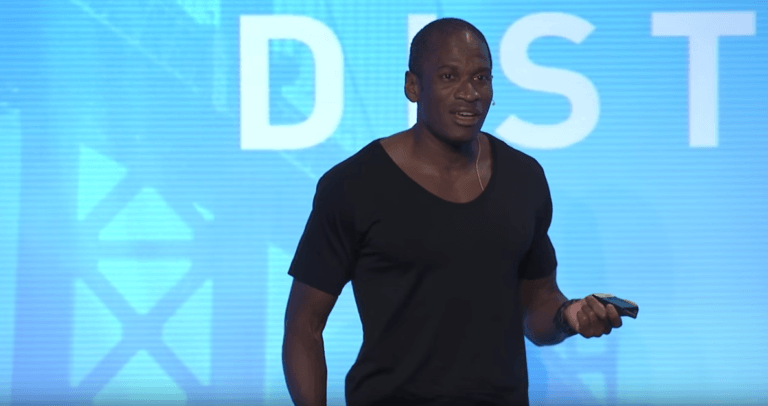On Thursday (March 31), Arthur Hayes, Co-Founder and former CEO of crypto derivatives exchange BitMEX, talked about Bitcoin and Ethereum, and more specifically about the portions of his crypto portfolio allocated to these two cryptoassets.
In his blog post, Hayes explained why he is currently more bullish on Ethereum than Bitcoin:
“My crypto portfolio at the beginning of 2022 was 50% Bitcoin and 50% Ether. I have conviction in the cheapness of ETH relative to the rest of the crypto firmament. Therefore, my target allocation is 25% Bitcoin and 75% Ether. Bitcoin becoming the biggest baddest rockstar again will require a change of narrative. Similar to Ether, Bitcoin is viewed as just another risk asset, but it’s a great risk asset because it trades 24/7 and is the only free market left globally.
“Bitcoin must again be viewed as a store of value and an inflation hedge, as it is the hardest form of money ever created. Ether is not money – it is a commodity that powers the world’s largest decentralised computer. As I explained in “Yes I Read the Whitepaper”, the Ethereum community clearly decided that ETH is a commodity used to power this computer, not a pure monetary instrument.
“Bitcoin does not have an implicit yield in BTC terms at the protocol level. Post-merge, ETH will. Therefore, Bitcoin is money, and ETH is a commodity-linked bond.
“As global real rates are deeply negative, I want to own an asset that has a positive yield in its own currency – and at the moment, that is ETH. Bitcoin yields nothing. Therefore, from a pure interest rate differential perspective, I should own more ETH than Bitcoin. This will change when the price of ETH sufficiently rises to incorporate future ETH cash flows, due to the new rewards and validation system. And finally, the ESG muppets will be able to “safely” invest in ETH after the merge, but not Bitcoin.“
Hayes also compared to its competitors (such as Solana):
“I hope the graphs posted earlier clearly demonstrate that ETH trades cheaply based on network fundamentals, while its competitors trade on a brighter future. Again, competing L1’s may realise their dreams of dethroning ETH, but they are hardly there yet.
“With ETH’s forthcoming implicit yield, and the ability for ESG investors to allocate to ETH, it will be very hard for investors to continue hoping. Better they trade something which they can justify as “cheap” on a network fundamental level.
“A final note about the bridges to nowhere. The Wormhole and Ronin (Axie Infinity) bridges lost users’ funds to the tune of almost $1 billion worth of ETH, other cryptos, and stablecoins. At its core these bridges are the ecosystems’ attempt to import all the amazing dApps built natively on ETH onto the Ethereum-killers’ faster and cheaper blockchains. If traders tire of worrying whether their bridge will be the next to implode, they may just migrate their TVL and business back to ETH, which at the margin is negative for any competing L1.“
As for his price target for $ETH by the end of 2022, Hayes had this to say:
“I penned a piece years ago where I predicted ETH would become a 2-digit coin in USD terms. That came to pass for a short while. I then backed up the truck into ETH when I saw a chart that showed the total value of dApps built on Ethereum was greater than the market value of ETH itself. That was a screaming buy signal.
“I have ridden the current ups and downs, and am very happy with the relative size of my ETH allocation within my crypto portfolio. The rest of 2022 is going to be the year of the ERC-20 angels led by his highness Vitalik. When the dust settles at year-end, I believe ETH will be trading north of $10,000.“
Disclaimer
The views and opinions expressed by the author, or any people mentioned in this article, are for informational purposes only, and they do not constitute financial, investment, or other advice. Investing in or trading cryptoassets comes with a risk of financial loss.









